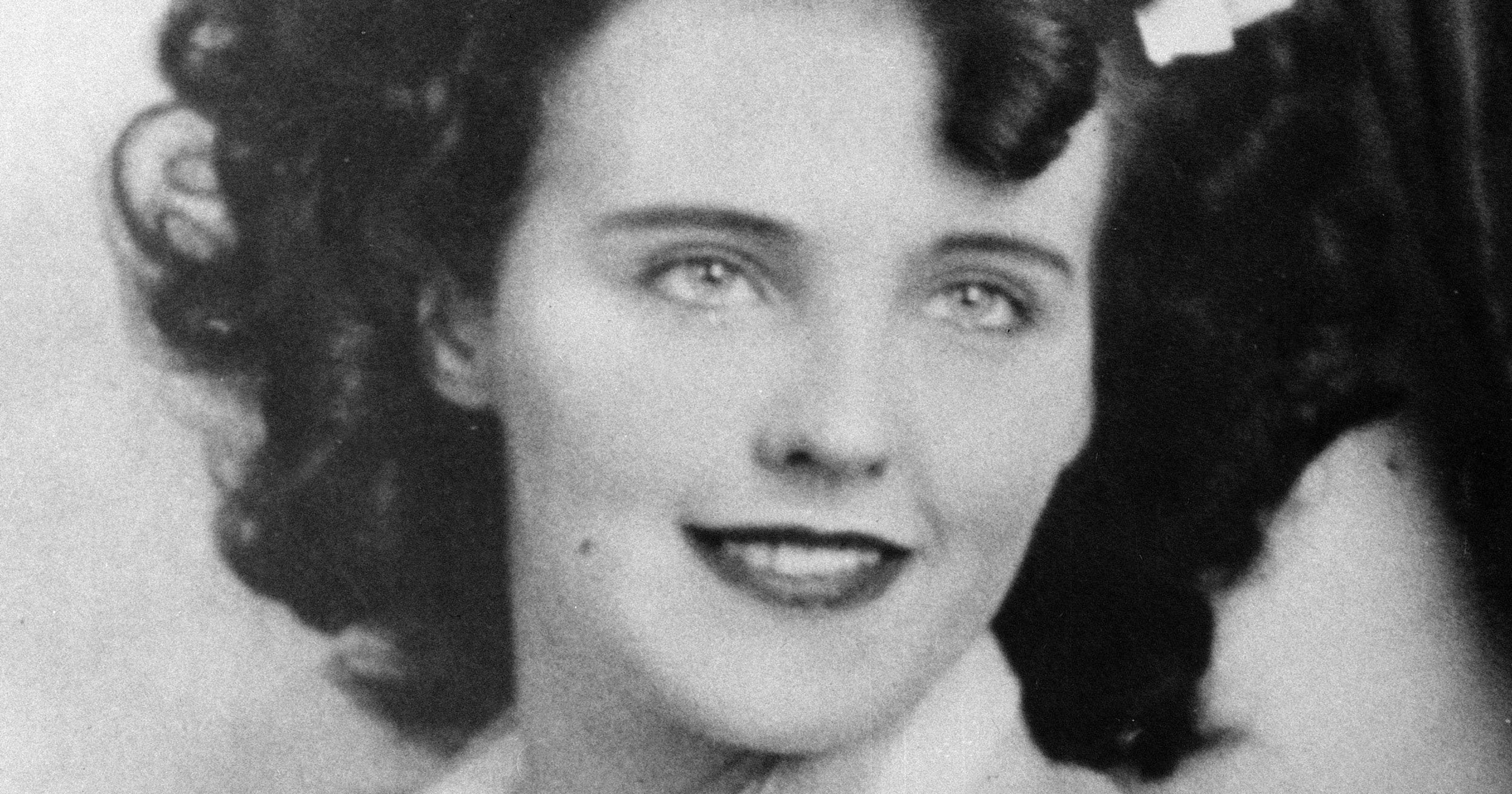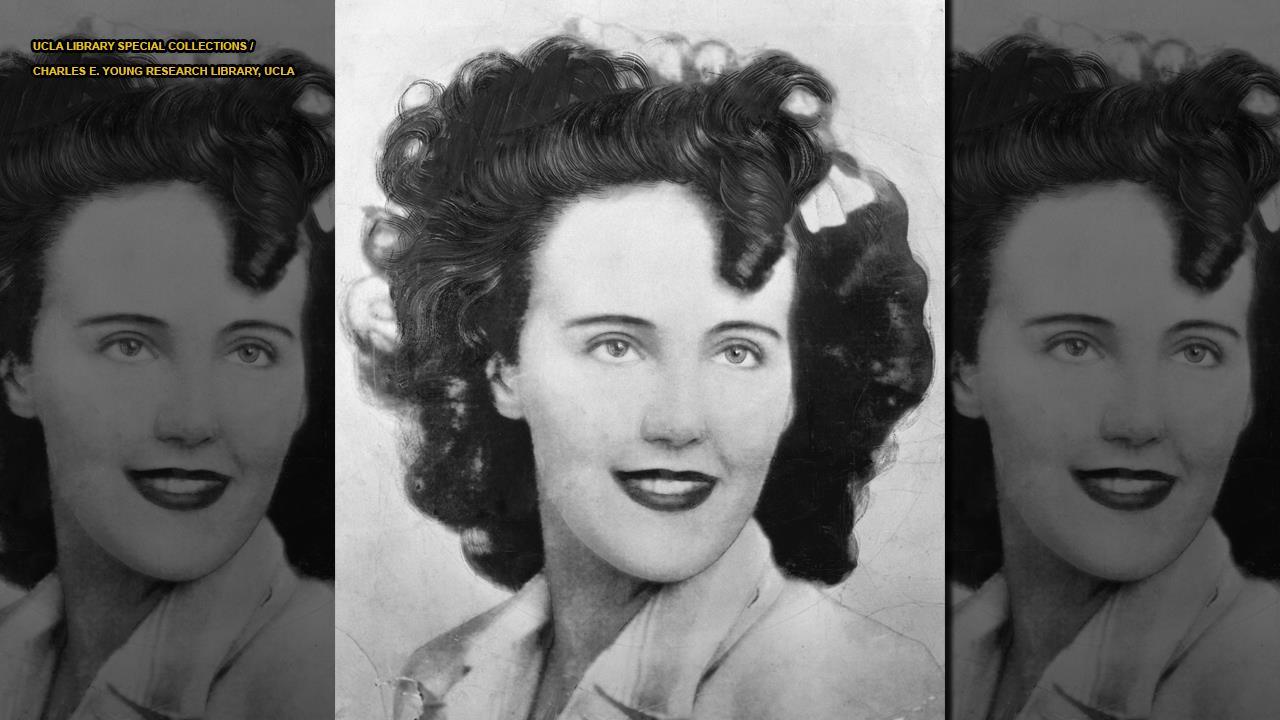On January 15, 1947, the world was shocked by one of the most infamous unsolved murders in history: the Black Dahlia case. Elizabeth Short, a 22-year-old aspiring actress, was found brutally murdered in a vacant lot in Los Angeles. Her body was mutilated, and the crime scene sent ripples of terror through the city. The Black Dahlia autopsy became the focal point of a murder investigation that would captivate the public for decades.
But what exactly happened on that fateful day? Why did this case become such an enduring mystery? The Black Dahlia autopsy report remains one of the most chilling documents in criminal history, offering a glimpse into the dark underbelly of LA’s post-war era. It's not just about a murder—it’s about the human condition, obsession, and the relentless pursuit of justice.
In this article, we’ll explore the intricate details of the Black Dahlia autopsy, the life of Elizabeth Short, and the enduring impact of her tragic story. This isn’t just a crime story—it’s a reflection of a society grappling with its own darkness. Let’s dive in.
Read also:How Tall Is Elena Moussa Discover The Truth About This Rising Star
Table of Contents
- Elizabeth Short: The Woman Behind the Name
- The Black Dahlia Autopsy Details
- The Crime Scene Investigation
- The List of Suspects
- The Media’s Role in the Black Dahlia Saga
- Psychological Insights Into the Murder
- The Cultural Impact of the Black Dahlia Case
- Modern-Day Theories and Speculations
- Advancements in Forensic Science: Could the Killer Be Identified Today?
- Conclusion: The Legacy of the Black Dahlia
Elizabeth Short: The Woman Behind the Name
Early Life and Aspirations
Before she became the Black Dahlia, Elizabeth Short was just another young woman chasing her dreams in Hollywood. Born on July 29, 1924, in Boston, Massachusetts, Short grew up in a modest household with aspirations of becoming an actress. Her nickname, the "Black Dahlia," was given to her posthumously due to her dark hair and striking beauty.
But who was Elizabeth Short? Let’s take a closer look at her life through some key facts:
| Full Name | Elizabeth Short |
|---|---|
| Date of Birth | July 29, 1924 |
| Place of Birth | Boston, Massachusetts |
| Height | 5'6" (168 cm) |
| Hair Color | Dark Brown |
| Eye Color | Blue |
Elizabeth’s life wasn’t without its struggles. She moved around frequently, working odd jobs to make ends meet while trying to break into the entertainment industry. Despite her hardships, she maintained a positive outlook and was known for her charm and charisma.
The Black Dahlia Autopsy Details
What Happened in the Morgue?
The Black Dahlia autopsy report is a grim document that details the extent of Elizabeth Short’s injuries. Her body was discovered in a vacant lot near Leimert Park in Los Angeles, split in half at the waist and drained of blood. The autopsy revealed that she had suffered severe blunt force trauma to the head and had been dead for several hours before being dumped at the scene.
Here are some of the key findings from the autopsy:
- Her face was severely mutilated, with cuts extending from the corners of her mouth to her ears.
- Her body showed signs of ligature marks, indicating she had been restrained.
- There was no evidence of sexual assault, leading investigators to believe the motive was psychological rather than physical.
The autopsy also revealed that Elizabeth had been dead for at least 10 to 12 hours before being discovered. The meticulous nature of the injuries suggested that the killer had a medical or forensic background, adding another layer of complexity to the investigation.
Read also:June Carter Cause Of Death Unveiling The Legacy Of A Beloved Music Icon
The Crime Scene Investigation
What Did Investigators Find?
The crime scene itself was both shocking and methodical. Elizabeth’s body was posed in a way that suggested the killer wanted to send a message. The area around her body was carefully cleaned, and there was no blood at the scene, indicating that the murder had taken place elsewhere.
Investigative techniques in 1947 were not as advanced as they are today, but detectives worked tirelessly to gather evidence. They collected soil samples, hair fibers, and other potential clues from the scene. However, the lack of DNA technology at the time made it difficult to conclusively identify the killer.
Some key observations from the crime scene include:
- The body was posed in a manner reminiscent of a crime scene from a noir film.
- There were no fingerprints or other physical evidence left behind by the killer.
- The surrounding area was scoured for witnesses, but no one reported seeing anything suspicious.
The List of Suspects
Who Could Have Done It?
Over the years, numerous suspects have been proposed in the Black Dahlia case. Some were dismissed due to lack of evidence, while others remain intriguing possibilities. Here are a few of the most notable suspects:
- Dr. Walter Bayley: A physician with a history of mental instability, Bayley was one of the early suspects due to his proximity to the crime scene and his medical knowledge.
- George Hill Hodel: A Los Angeles physician whose name has been linked to the case for decades. His son, Steve Hodel, even wrote a book suggesting his father was the killer.
- Jack Anderson: A sailor who allegedly knew Elizabeth and had a violent temper. His alibi was shaky, but there was never enough evidence to charge him.
Despite the long list of suspects, no one was ever formally charged with Elizabeth’s murder. The case remains open to this day, with new theories emerging every few years.
The Media’s Role in the Black Dahlia Saga
How the Press Shaped Public Perception
The media played a significant role in the Black Dahlia case, both in its investigation and its legacy. Newspapers of the time sensationalized the story, dubbing Elizabeth the "Black Dahlia" and turning her murder into a national obsession. The Los Angeles Times and other publications ran daily updates on the investigation, fueling public interest and speculation.
Some argue that the media coverage actually hindered the investigation by creating a circus-like atmosphere around the case. Others believe that the press helped keep the story alive, ensuring that Elizabeth’s memory wasn’t forgotten.
Key media moments in the case include:
- The first press conference, where detectives revealed the gruesome details of the crime scene.
- The release of the Black Dahlia autopsy photos, which shocked the public and fueled outrage.
- Endless editorials and opinion pieces speculating on the killer’s identity and motives.
Psychological Insights Into the Murder
What Drives a Killer?
Psychologists have long been fascinated by the Black Dahlia case, analyzing the killer’s methods and motives. Some believe the murderer was driven by a deep-seated hatred of women, while others suggest it was a case of obsession gone wrong.
One theory posits that the killer had a medical or forensic background, given the precision of the injuries inflicted on Elizabeth’s body. Another suggests that the murder was a ritualistic act, with the killer seeking to create a "perfect" crime scene.
Key psychological insights include:
- The killer likely had a high level of intelligence and planning ability.
- There may have been a sexual component to the crime, even if no physical assault occurred.
- The posing of the body suggests a desire for control and dominance over the victim.
The Cultural Impact of the Black Dahlia Case
Why Does This Story Still Resonate?
The Black Dahlia case has had a lasting impact on popular culture, inspiring books, films, and even music. It has become a symbol of the dark side of the American Dream, where ambition and beauty can lead to tragedy. The case has also raised important questions about the treatment of women in society and the need for justice in cases of violence against women.
Some notable cultural references include:
- "The Black Dahlia" (2006): A film adaptation of James Ellroy’s novel about the case.
- Crime Novels: The case has inspired countless works of fiction, from mystery novels to true crime stories.
- Music: Bands like Tool and Marilyn Manson have referenced the Black Dahlia in their lyrics.
Modern-Day Theories and Speculations
Could We Solve the Case Today?
With advancements in forensic science and technology, many believe that the Black Dahlia case could be solved if it happened today. DNA analysis, digital forensics, and advanced investigative techniques would likely yield more concrete evidence than was possible in 1947.
Some modern theories suggest that the killer may have been someone close to Elizabeth, while others point to a serial killer who was never caught. The case remains open, with new leads occasionally surfacing but never leading to a definitive conclusion.
Advancements in Forensic Science: Could the Killer Be Identified Today?
What Technology Can Teach Us
Today’s forensic tools are lightyears ahead of what was available in 1947. DNA profiling, fingerprint analysis, and digital imaging could potentially identify the killer if the evidence were re-examined with modern techniques. However, the passage of time has made it increasingly unlikely that new evidence will emerge.
Key forensic advancements include:
- DNA profiling, which could match genetic material from the crime scene to a suspect.
- Digital imaging, which could enhance old photographs and reveal hidden details.
- Computerized databases, which could cross-reference evidence with other unsolved cases.
Conclusion: The Legacy of the Black Dahlia
The Black Dahlia autopsy remains one of the most haunting documents in criminal history, a chilling reminder of the darkness that lurks beneath the surface of society. Elizabeth Short’s tragic story continues to captivate the public imagination, inspiring countless works of art and fueling endless speculation about the killer’s identity.
As we reflect on the case, it’s important to remember Elizabeth not just as a victim, but as a person with dreams and aspirations. Her story is a call to action for all of us to seek justice, to demand accountability, and to ensure that no one is forgotten.
So, what do you think? Do you have a theory about the Black Dahlia case? Leave a comment below, share this article with your friends, and let’s keep the conversation going. The truth may never be fully known, but the search for justice continues.


